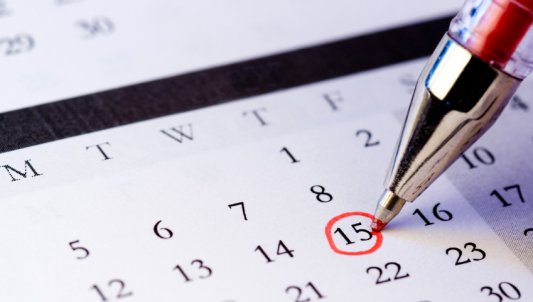• Half price 16-17 Saver launching next week for 1.2 million 16 and 17 year olds;
• Young people set to make average savings of £186 every year;
• Railcards boost education opportunities and help communities and businesses by making travel cheaper for young people.
This week the Department for Transport, together with the rail industry, has confirmed the brand new 16-17 Saver will launch next week, guaranteeing half-price travel for young people in England and Wales.
Whether starting or returning to sixth-form or college, beginning an apprenticeship or entering the world of work, teenagers can start buying their discounted tickets on Monday 2nd September.
It is forecast to save young people and their families an average of £186 every year and is set to boost education opportunities, communities and businesses with young people able to travel more affordably.
The launch comes as the Rail Delivery Group (RDG) confirmed that over 327,000 people are now saving a third off their journeys after purchasing the 26-30 Railcard, saving an average of £19 per month since it launched in January.
The announcement means that passengers aged between 16 and 30 will now benefit from significant savings on their travel.
Available for purchase for £30 online at www.16-17saver.co.uk, the 16-17 Saver will be on sale at 9am on Tuesday 20 August. From this date, up to 1.2 million young people are eligible for the 50% discount it offers on most rail travel, including peak and Season tickets.
The new Saver means that young people are now eligible for a child fare until their 18th birthday. It is valid across England, Wales and services into Scotland.
The root and branch review of the rail industry, led by Keith Williams, is looking at fares reform and affordability for passengers. It is intending to publish recommendations by the end of this year, with the anticipation that reforms will begin during 2020.
January 2020 will be the seventh year running the Government will have capped fares in line with inflation. Since 2014 fares have, on average, remained below the annual inflation cap.










